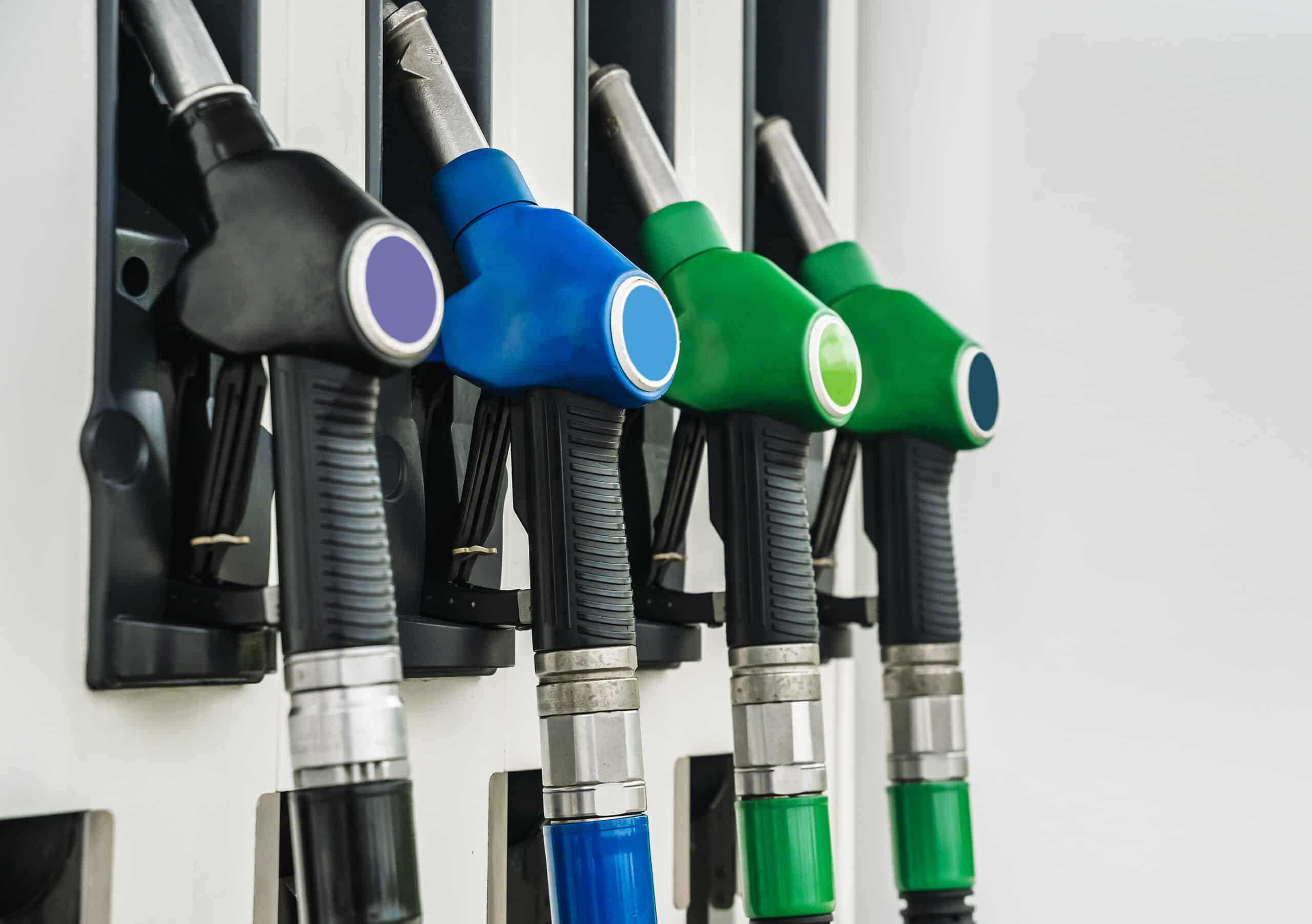
With many of the worlds largest car manufacturers in the eyesight of regulators for their misleading published emissions output figures, we would like to share some information about the topic.
Presently, the main driving standard for emissions output by vehicle powertrains are the US EPA Tier 2 and California LEV-II ULEV regulations. In 1999, the US EPA announced new Tier 2 NOx limits of 0.07gm per mile to replace the existing Tier 1 limits of 1.0gm per mile that were phased in from 2004 to 2009.
Diesel’s Evolution in Response to Emission Standards:
This steep change over a relatively short amount of time lead many manufactures to stop selling their existing lines of diesel-engine cars in the US until they could meet the new standards. The brief pause gave the manufacturers time to consider their options for diesel passenger cars. Many took the opportunity to re-brand their offerings. The new promise of “clean” combustion and impressively low fuel consumption rates being marketed to consumers gave diesel an advantage over the gasoline engine in the race for lower fuel consumption and CO2 emissions.
At the time, the US motor industry did not have this technology. It was also keen to avoid allowing the Europeans to succeed in the energy efficient segment of the market. All the while, the focus of US manufactures remained on the turbo charged non-diesel engine. Not long after the diesel engine’s reintroduction to the passenger car market manufacturers were forced to admit they inserted software and devices to fraudulently pass EPA Tier 2, California LEV-II ULEV, and European emissions tests.
How They Knew it Was a Test:
Attempts to fool the emission test have long been a tradition since regulations were first introduced in the 1970s. Early systems detected whether the under bonnet light was on, indicating he engine bay was open. When the vehicle determined it was not being driven on a roadway, it switched on emissions control systems that were inactive otherwise. Identifying conditions to the computer that the vehicle was in a laboratory setting included the rotating of only one axle. It also included deactivation of the traction control system and steering wheel inactivity. The uniformity of temperature throughout a long period of operation, which would be closely controlled in a test laboratory, was also used for the computer to identify such an environment.
Why Diesel Emissions of Cars is Such a Focus:
The main problems associated with diesels are NOx and particulates, and they are fundamental to the diesel cycle. Efficiency in a thermal engine comes from increasing the temperature of combustion. This is achieved by higher pressure (boost and compression ratio) and leaner mixtures. Diesels exceed gasoline engines in both of these and in the way the fuel is burnt. Volatile gasoline will detonate if pressure and temperature exceeds certain limits. On the other hand, diesel droplets burn progressively from the surface to the center of the droplet. High pressure, common-rail injection reduces the size and perfects the distribution of the droplets. However, these still leave a tiny, un-burned particle of carbon. In addition, if the temperatures exceed around 1600 degrees Celsius, they cause the nitrogen in the charge air to combine with residual oxygen to from nitrogen oxides, or NOx.
Vehicle manufacturers with large cars and trucks powered by diesel engines can afford to fit after-treatment for the NOx: urea injection SCR (Selective Catalytic Reduction). They can also do this with particulate filters, which must be periodically burnt off at a fuel consumption penalty. These standard and effective systems are integrated to most trucks and large commercial vehicles. When some of the economy and/or small passenger car manufactures claimed to be able to achieve the reduced emissions output limits without their use, many who produced these control systems were skeptical.
The Future of Diesel for Passenger Cars:
There have been many scandals of similar proportion in the motor industry in the past. But all the past scenarios have involved safety: the manufacture versus the consumer. In the emissions case, the manufacturer put the customer before the rest of society. They did this by offering a better driving car that was cheaper to buy and run. At the same time, they were deceiving the rest of society about how much NOx and particulates they were emitting. This most recent scandal will surely not reduce the use of diesel for truck and commercial applications. However, it appears to have indicated the end for mass adoption of diesel for passenger cars.
Contact Hollenshade’s for Towson Mechanic Services
To learn more or to schedule an appointment for quality Baltimore auto mechanic services, contact Hollenshade’s today. We offer the best, most reliable auto repair services in Towson, MD. Call 410-983-3423.
